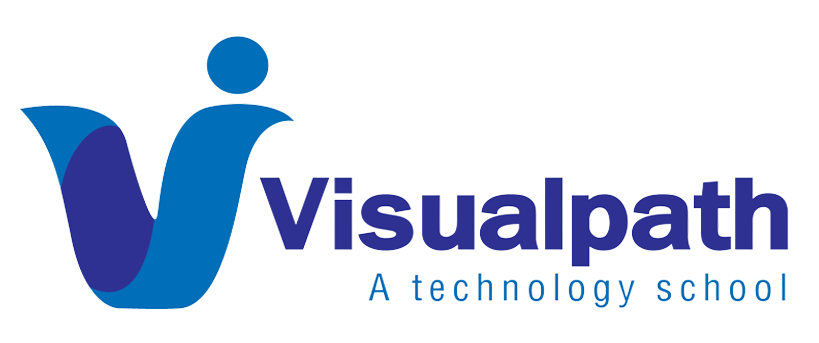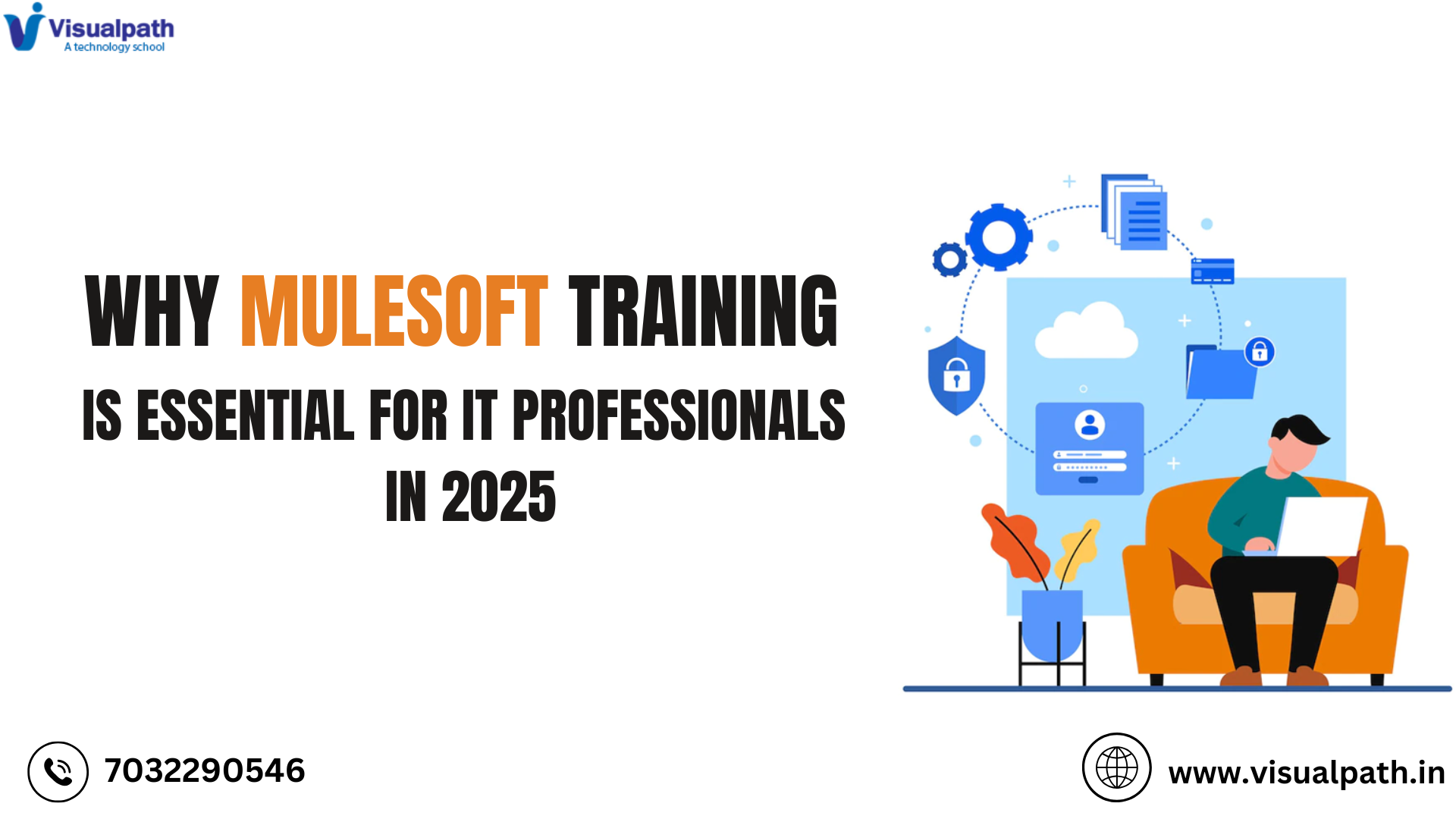MuleSoft is one such tool—used by thousands of companies to bridge systems and power digital transformation. But where should you start? How do you learn MuleSoft the smart way? This article walks you through a developer’s practical journey—leveraging the best MuleSoft Training, hands-on experience, and expert mentorship.
Why MuleSoft? A Game-Changer in Integration
MuleSoft is not just another integration platform. It’s the powerhouse behind many large enterprises’ ability to scale, automate, and adapt to new business models. With MuleSoft’s Anypoint Platform, developers can:
- Create and manage RESTful APIs
- Integrate legacy systems with cloud-native apps
- Automate workflows and sync data across ecosystems
- Implement event-driven and microservices architectures
This growing demand for MuleSoft expertise makes it one of the most sought-after skills in the tech job market today. And smart developers are investing in MuleSoft Online Training and certification to stay ahead.
Step 1: Start with Structured MuleSoft Training
Begin your journey with structured MuleSoft Training that covers the core fundamentals:
- Anypoint Studio & Platform Overview
- Building flows with Mule 4
- DataWeave for data transformation
- API-led connectivity model
- Error handling and logging
- Deployments to CloudHub and on-prem environments
Learning through a certified MuleSoft Training Institute gives you a guided curriculum, access to real instructors, project feedback, and interview preparation. These institutes often customize the course based on your background—be it Java, .NET, or another tech stack.
Step 2: Learn Anytime with MuleSoft Online Training
One of the smartest moves a developer can make is to leverage MuleSoft Online Training platforms. They offer:
- Self-paced videos and labs
- Downloadable guides and eBooks
- Quizzes, assignments, and mock exams
- Slack/Discord communities for peer support
Online learning makes it easy to revisit concepts, pause and practice, and learn according to your own pace—whether you’re a full-time developer or juggling multiple responsibilities.
Step 3: Get Hands-On with Real Projects
You don’t truly learn until you build. Supplement your learning by:
- Creating mock APIs for order or inventory management systems
- Integrating REST APIs with Salesforce or SAP
- Building a message queue flow with JMS or Kafka
- Using Anypoint Monitoring to analyze flow performance
Working on these projects will make your skills market-ready. It also helps you develop confidence before appearing for job interviews or client presentations.
Step 4: Prepare for Certification the Smart Way
Earning a MuleSoft Certified Developer– Level 1 (Mule 4) badge boosts your visibility in the tech community. Most top employers now list this certification as a requirement.
The right MuleSoft Training Institute will help you prepare by:
- Sharing exam blueprints and practice tests
- Hosting Q&A sessions
- Conducting one-on-one mentoring sessions
These resources are essential for understanding both theory and scenario-based questions you’ll face in the certification exam.
Step 5: Stay Connected with the MuleSoft Community
MuleSoft has a vibrant global community. Get involved by:
- Joining MuleSoft Meetups in your city or online
- Following official MuleSoft blogs and webinars
- Participating in forums like Stack Overflow, GitHub, and MuleSoft Community
Engaging with the community accelerates your learning, exposes you to new integration challenges, and opens doors to career opportunities.
Step 6: Learn Beyond the Basics – Go Advanced
Once you’re confident with core concepts, take your expertise further:
- Learn about CI/CD in MuleSoft using Jenkins, Git, and Maven
- Explore Runtime Fabric and hybrid deployment strategies
- Work with OAuth2, SAML, and other security models
- Implement API governance and versioning
These advanced skills make you a specialist and give you a competitive edge in enterprise roles.
Conclusion:
Learning MuleSoft the Smart Way isn’t just about watching videos or passing certifications. It’s about immersing yourself in real-world problems, building solutions, staying updated, and continuously refining your skills. With the right mix of, reliable MuleSoft Online Training, and mentorship from a top-tier, you can fast-track your journey from a curious learner to a certified MuleSoft expert.
Trending Courses: SCRUM MASTER, Azure Data Factory (ADF), GCP DevOps etc.




